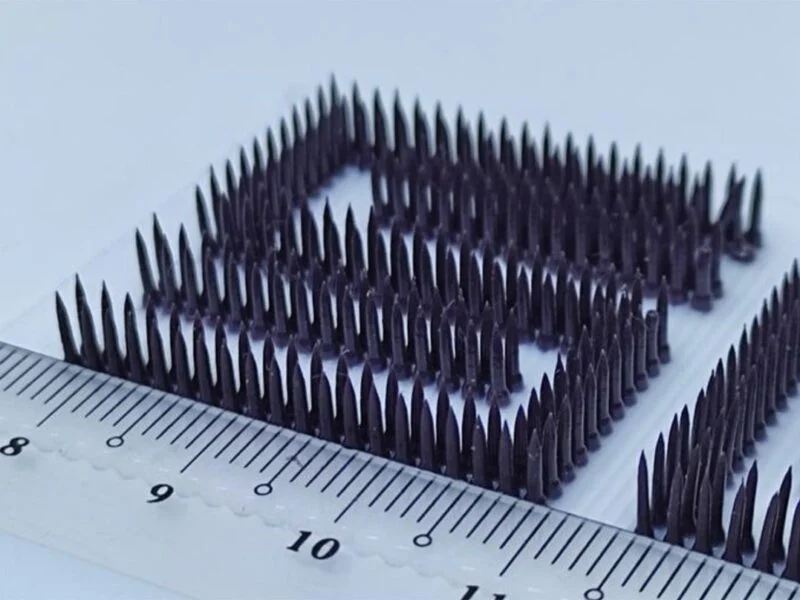Researchers at the Singapore University of Technology and Design (SUTD) have developed a new approach to 3D print complex bio-inspired structures using slow-curing materials. The method specifically addresses challenges in direct ink writing processes when working with materials like silicone, epoxies, and urethanes, which are essential for creating soft mechanical metamaterials.


The research team, led by Associate Professor Pablo Valdivia y Alvarado, created an optimized toolpath design system that breaks down 3D objects into points and simple shapes. This approach reduces unnecessary starts and stops during the printing process, making it more efficient for creating lightweight structures inspired by nature.
The scientists tested their method by creating various structures including cilia, webs, and lattices. Their experiments showed promising results, with 3D-printed lattices demonstrating up to 85 percent reduction in maximum impact peak forces. The team also developed nine distinct material combinations by adding a modifier called Thivex to commercially available silicone materials.
“Although the approach is still in the research phase, its potential for customised, high-performance designs makes it highly relevant for industries focused on robotics, wearable technologies, and advanced metamaterials,” stated Associate Professor Valdivia y Alvarado. The team is currently working on improving the method’s scaling efficiency and reducing costs.
Future developments will focus on exploring multi-material printing capabilities and incorporating machine learning techniques. These advancements aim to enable users to specify performance metrics for their metamaterial designs, potentially expanding applications in soft robotics and protective gear manufacturing.
Source: eenewseurope.com


